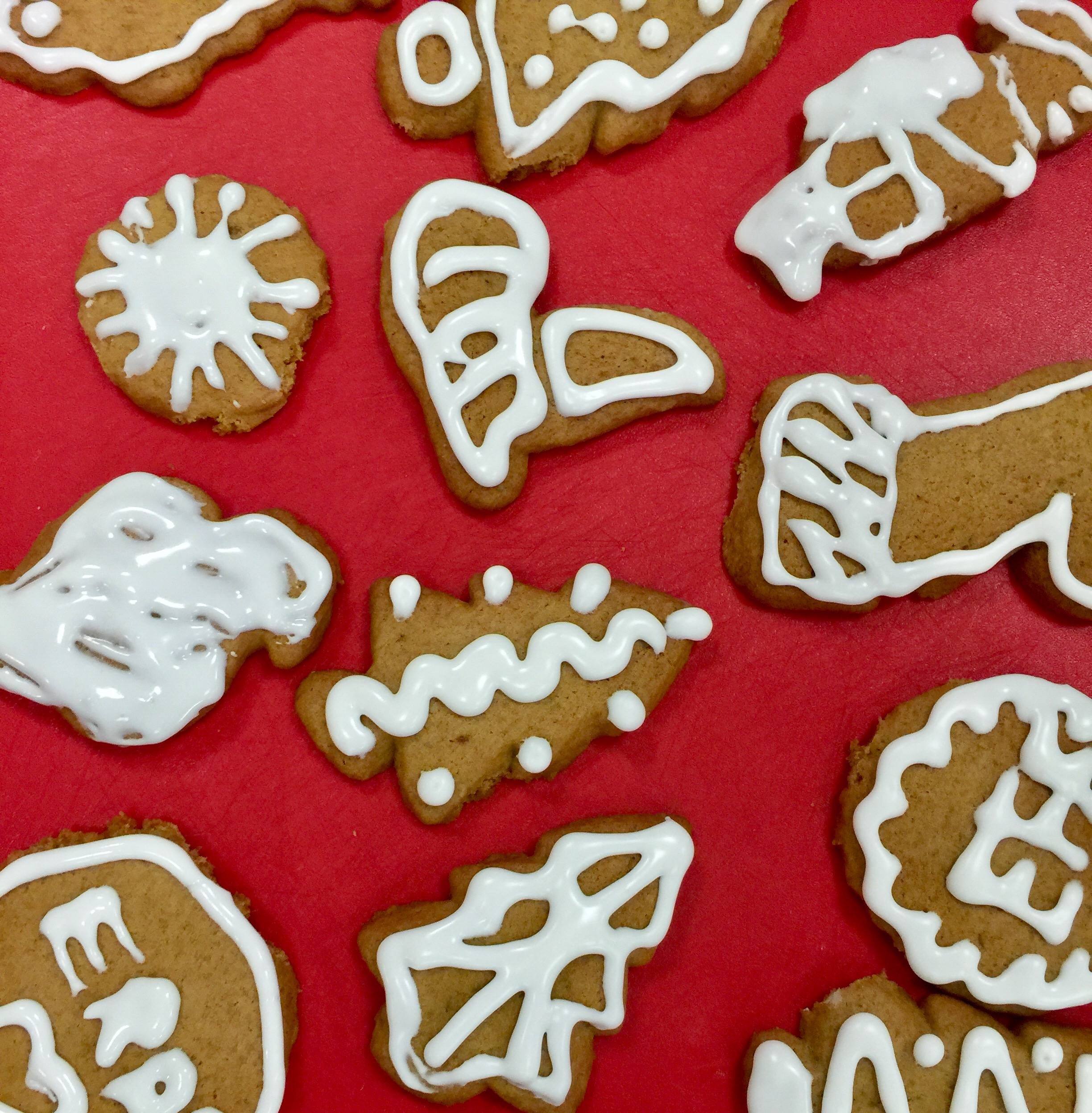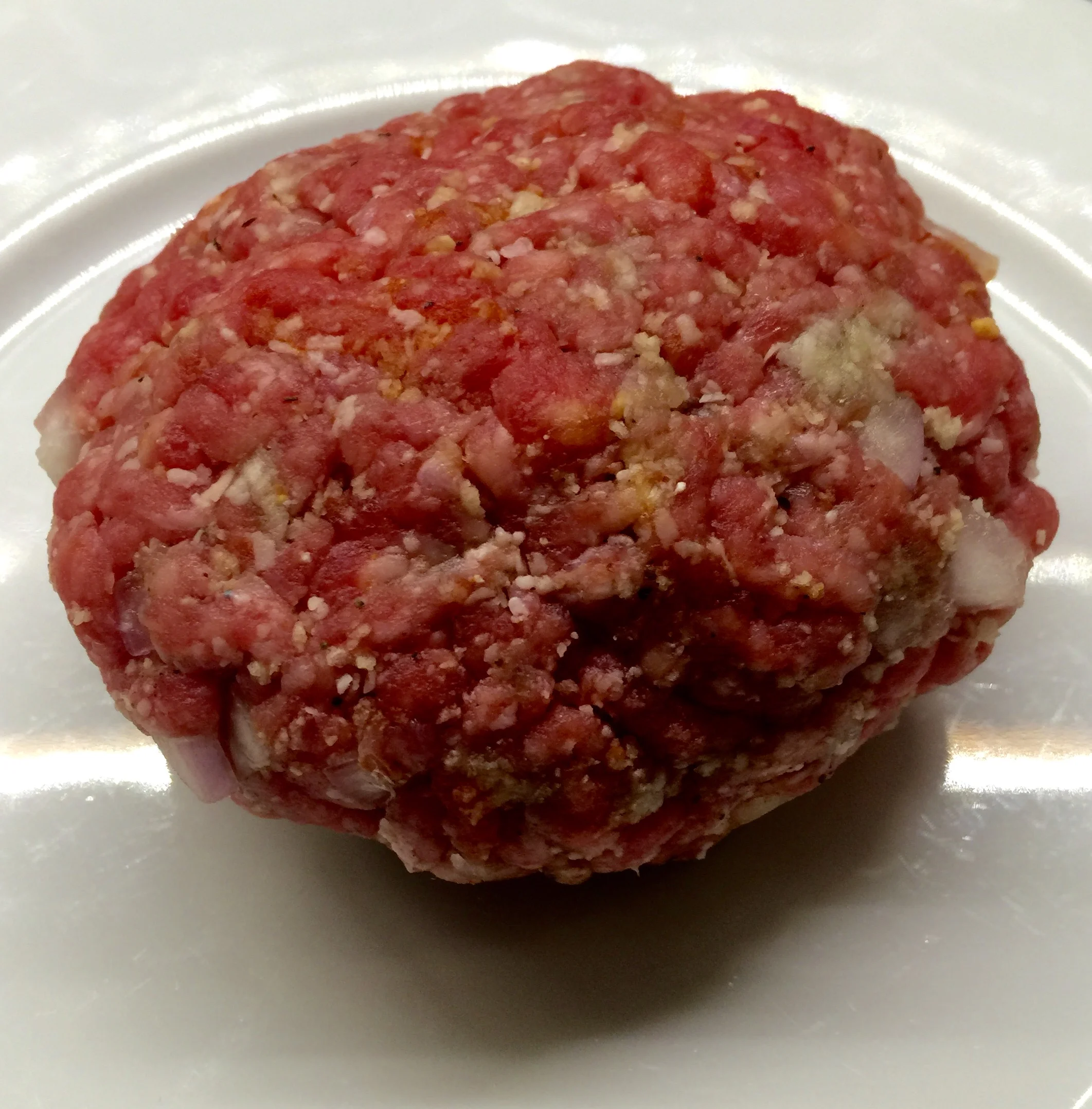Action Aid UK are an amazing charity and I was thrilled to be asked to be part of their Latitude Festival activities. The theme this year within their tent at the Festival was menstruation. There were mixed reactions when I discussed this with lots of people prior to the event; from mild interest, confusion and lots of pulled faces. It's something that all women will experience in their lives, a rite of passage, a cycle and the varied reactions reflect the different experiences that women will feel at different times. What we often do not think about are how people struggle with issues pertaining to menstruation in third world countries, while experiencing homelessness or poverty. The Action Aid Uk tent were offering activities including henna painting, dance and drumming workshops, my jewellery workshops and more.
My session focused on creating waist beads from recycled African glass beads:
- Waist beads are a celebration of womanhood and femininity.
- Waist beads are not only for the young or slim!
- Waist beads can also be worn around wrists or necks.
Waist beads can be traced throughout Africa, they are depicted in Egyptian hieroglyphics are famous from the Yoruba tribes of Nigeria. They are a chain of beads worn at the waist and have personal meaning to the wearer. Meanings include:
Adornment - worn under or over clothes or via an exposed mid-drift, waist beads are decorating our vital middle sections with one of a kind, personal pieces. It is not about conforming to body pressure but empowering this area and highlighting femininity.
Menstruation - Mothers may traditionally create and present their daughters with waist beads as a rite of passage into womanhood. Waist beads were/are practical as menstrual cloths could be strapped to the beads to provide a type of belt.
Celebration of Womanhood - waist beads are worn during rites of passage during puberty, at weddings. Waist beads are used as a tool to measure weight loss or gain as they will roll up or down which can also be used to signal a pregnancy. They are also said to allure partners and to signify that a young woman was ready for marriage.
Protection - as with lots of jewellery, waist beads are thought to offer healing energy to the wearer and protect them from negative energy. Gems and stones are included to provide specific powers.
Waist beads, like everything, can be seen negatively by some:
Ownership of Women - Some say that the placing of the waist beads at puberty can be seen as staking a claim on the woman’s virginity, purity and placing the father or parents in control.
Charms - Some waist beads have been known to be charmed or have spells placed upon them to entice or entrap the opposite sex.
African beads reflect the diversity of African geography, culture, resources, technology, religions and society. Beads have been found on or next to human remains dating as far back as 100,000 years ago, a number that gets larger with further archaeological finds. African beads have historically featured organic materials such as seeds, shells, bone, nuts but include those made from stone, shell, ceramic, glass, wood, bone, metals, plastic, computer chips and more. Today there is a growing industry of recycled glass and plastic beads.
Bead use and meanings range from decoration, trade, monetary, emulation, religion, adoration, fashion and more.

















































